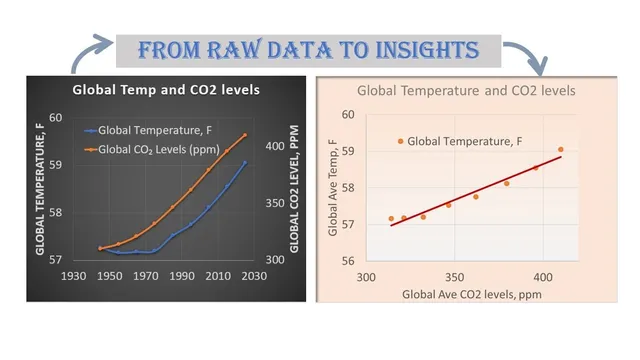Regressions: The Math Behind The Magic
Audience: high-schoolundergraduate
Tags: statisticsalgebra
In this article, I explore the widely used concepts of regression analysis and take a deeper dive into the mathematics behind it.
Analytics
Comments
A lot of people read these articles on phone nowadays, so the format should also fit small mobile screens. I suggest trying to tweak everything to fit nicely, with special attention on the interactive plots.
- Motivation: Good motivation, with interactive visuals, you motivated the problem very well.
- Clarity: I would say this is also satisfactory. I felt slightly rushed on the latter part, where you explained non-linear regression, R^2, and gradient descent. Gradient Descent could be omitted, I felt.
- Novelty: Interactive visuals could be used more for explaining the process of minimizing the mean squared loss. That would make the readers feel more involved.
- Memorability: If you had focused on the R^2 part (how good is your regression), which is omitted during the treatment of linear regression, it could have been an aha moment for readers. Because that would help them decide whether they should proceed with a certain regression in their use case.
Clean layout and nice widgets, very educational, but I missed an “aha” moment.
Very cool article and it was quite engaging to read. For the last example, I would suggest to have a random function generator as well such that one does not need to refresh the page to try out a different type of regression.
Furthermore, I think the text could be improved. For example, residuals go from to . Also when f(x) is introduced first you could already state that it is a linear function, since we are talking about linear regression in the beginning. Furthermore, it is not clear why the estimator should be unbiased. Don’t you need the assumption that the data comes from a linear function and is affected by zero mean noise for that to hold? Finally, I would suggest to move the “why is this useful” part from the end to the beginning. I think it will motivate people more to read the text when they already see why the methods discussed are useful.
Straightforward description of regression. In the graph of random points, grabbing a point to move it made it translate down below the mouse. I’m also interested why gradient decent was chosen as the method to minimize the error of the fit when almost any other method to find the minimum would have found it faster, see https://mathsfromnothing.au/optimization/ for a list of methods. Also you could have taken the derivative and used a root finding method https://mathsfromnothing.au/numerical-root-finding-methods/
I’m not really interested in learning all this again. he explained it well enough to someone learning it for the first time, i suppose. Passable at the least; its good.
